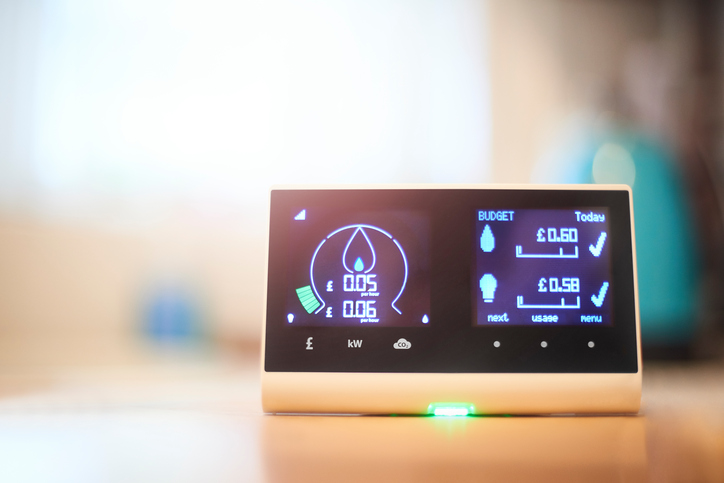According to one recent study, an energy-efficient home can be worth 19.4% more than a house with poor energy efficiency and will also sell faster.
That number from the Mortgage Advice Bureau is on the high side, but it highlights the importance of energy efficiency in the modern housing market. It also gives you an opportunity. If you can increase your property’s Energy Performance Certificate (EPC) rating, that should pay off when you next get a valuation on your home.
So, what are the most cost-effective ways to go about that and get the best return on your investment?
1. Insulation
The UK has some of the least energy-efficient homes in Western Europe, and spiralling heating costs can impact the cost of running your home. Even if your home is insulated, the material wears down and loses its efficacy over time. Houses settle over years and decades, too, creating air leaks in the existing insulation.
Energy Star estimates that 25-40% of your heating energy is lost through air leaks and lack of insulation. Simply adding or replacing mineral wool insulation to your loft can cost up to £500, but will save the average household approximately £230 a year in heating costs. Cavity wall installation can cost in the region of £2,700-£3200, but the payoff is immense. Simply insulating your home can give you 25-30 EPC points and a boost of two whole bands in the ratings system.
While the Mortgage Advice Bureau claims this could make an almost 20% difference to your house price, another study by Nationwide revealed a much more modest price bump of 1.7% for properties rated A or B compared to a D or an E.
With the average UK house price at £294,910 as of December, even that smaller number means the average house would sell for £5,013.47 more with proper insulation and air sealing.
2. Energy Efficient Windows
If your windows are old, rotten, and single-glazed, they are an absolute catastrophe for your property’s efficiency, your heating bills, and your resale prospects. It’s time to get with the program and install double-glazed windows.
Opt for basic uPVC casement frames, and you can expect to spend between £600 and £1800 per window, while bay windows can cost 150% more. The average 3-bedroom house can cost between £4000-£16,000, depending on the final specs, and you can splash out on timber or aluminium frames that are significantly more expensive than budget uPVC.
Whatever option you choose, the energy savings should be substantial. Simply switching to double glazing can give you 5-10 pints on your EPC rating, save £145 a year in heating bills, enhance your home’s kerb appeal and make it sell faster. A 2022 study by Emerald Home Improvements also showed that houses with new double glazing sold for 10% more, while a more recent study by Checkatrade shows the ROI on double glazing installation ranges from 50-400%, depending on the specs and finish.
3. An A-Grade Boiler
Switching an old and inefficient boiler for a modern condensing boiler can boost your EPC score by up to 8 points, reduce your annual heating bills by £580 and increase the value of your home by as much as 4%
You don’t need to wait for your boiler to break. If your existing boiler is 10-15 years old, then it is inefficient by definition, and fitting a new boiler could be a cost-effective way to improve your home’s energy rating. You can also recoup the cost and more when it comes time to sell.
A condensing boiler with an A-Grade EPC rating will cost approximately £2000-£4000 to install but can easily add 4% to your property’s value. Pensioners and people receiving Universal Credit and other benefits can also apply for government assistance and may not have to pay for the upgrade.
4. Smart Thermostat
Smart homes are the future, and you can make a small start right now with one of the leading smart thermostats on the market. A survey by Coldwell Banker revealed that 81% of people who have used smart home products would be more likely to buy a home with smart tech installed. So, the thermostat will save you money in the short term and make your home more marketable.
The new smart thermostats learn your preferences, adjust the heating constantly for maximum efficiency and can save 10-12% on your heating bills. If the smart thermostat is part of a larger ecosystem of smart devices, you can expect a 3-5% increase in the value of your home, and it should sell faster.


